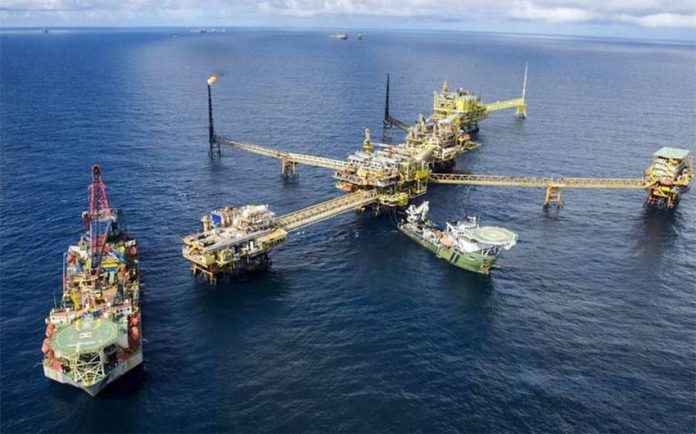Methane – considered a major driver of global warming – is leaking from Mexican gas and oil operations at “alarming and worrying” levels, according to a scientist who contributed to a new study about emissions of the gas in Mexico.
A group of researchers found that Mexico’s methane leak rate is more than double that of the United States, the world’s largest oil producer. A report on their findings is scheduled to be released on Wednesday.
Daniel Zavala, a senior scientist at the United States-based non-profit Environmental Defense Fund who specializes in methane emissions from oil and gas operations, told the news agency Reuters that satellite data shows that approximately 4.7% of methane produced in Mexico as a byproduct of oil and gas production leaks into the atmosphere. The rate is considered very high by global standards.
The leak rate is 2.3% for the United States as a whole and 3.7% in the Permian Basin, a region in western Texas and southeastern New Mexico that is the largest crude oil producing area in the country.
“It’s a huge gap,” Zavala said. “Cutting these emissions in half would have the same climate benefit over 20 years as removing one third of total passenger cars in the country.”
Reuters said the study on methane emissions in Mexico concentrated on the country’s east where almost all gas and oil production takes place.
“The leak rate is a formula that divides total oil and gas methane emissions by total natural gas production. The calculation includes all sources of methane emissions from the industry: leaks, vents and flaring,” the news agency said.
Zavala was one of 13 climate change scientists who studied 20 months of data gathered between 2018 and 2019 by a sensor on board a European Space Agency satellite.
Reuters said it was unable to establish whether Mexico’s methane leak problem has improved or worsened since President López Obrador took office in late 2018.
The researchers estimated that 1.3 million tonnes of methane worth some US $200 million is wasted annually in Mexico. That figure is equivalent to about one-third of Mexico’s annual natural gas imports.
The report says the main culprit for the high leak rate is the midstream sector, whose facilities gather, compress and process the gas. Venting – the release of gas from oil wells without capturing it – also shoulders some of the blame as does flaring, or the burning of gas at wells.
“While flaring is a big source of methane emissions, and our measurements showed that it’s higher than what the government and industry report, it’s not enough to explain the emissions we measured,” Zavala said.
“The findings point to other key sources of methane emissions: venting from wells and midstream facilities handling the offshore gas.”
Reuters said that neither Pemex nor the Energy Ministry responded to its requests for comments about the issue. But both have previously acknowledged maintenance issues that could exacerbate the leak problem.
The United Nations said recently that “methane is an extremely powerful greenhouse gas” that has been responsible for around 30% of global warming since the pre-industrial era.
Mexico’s oil and gas methane emissions account for about one-quarter of its total manmade methane emissions. Landfills and the agricultural sector are major emitters of the gas.
President López Obrador has faced extensive criticism for continuing to champion fossil fuels and opposing renewable energy companies at a time when much of the world is shifting toward greater use of environmentally-friendly energy sources.
Proposals he presented at U.S. President Joe Biden’s Leaders Summit on Climate earlier this year were not serious, based on ideology more than reality, and harked back to decades past, according to some environmentalists.
With reports from Reuters
